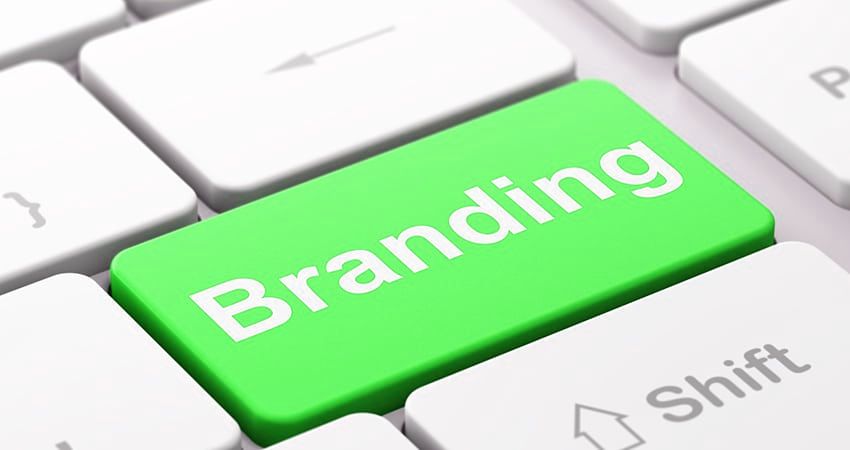
by Scott Howard | May 7, 2019 | Marketing and Advertising Insights, The Not-So-Secret Writings of ScLoHo, WOWO Fort Wayne Radio Advertising with Scott Howard
The POWER of Brand Identity…Still the Most Important Thing!
Running a business 15 years ago was difficult enough. With the advent of a New Media World, it became even more difficult and more competitive. First, it was the internet disrupting the Yellow Pages and print mediums. Then Google overtaking Yahoo, Twitter yielded to Facebook, and now Facebook is taking a backseat to Instagram and Snapchat. Mobile phones, blogs, podcasts, smart TV’s, Roku, Netflix, Amazon, and on and on and on it goes, where it’ll stop nobody knows!
Do you realize that the what is currently the largest Social Media Network, wasn’t even open to the public 15 years ago? September 2006, is when Facebook went from a student only social network to one that anyone 13 and older with a valid email address could join.
No wonder so many business owners are wondering what is next and how do they survive? The old idea of building a name for yourself and promoting it seems to be forgotten.
Or is it?
This is the so-called Mystery of Branding that we’re going to talk about.
When it comes to running a business, a few things remain steadfast. The businesses that run a clean business inside and out, offer an exemplary level of service, and are well known to the general public will not only survive, but they will thrive.
The world’s largest advertisers, Proctor and Gamble, did the research for you. Several years ago, they jumped into the digital/social world with both feet. It didn’t take them long to learn they were losing “Brand Identity”. Understanding that their “Brand” (e.g. Tide, Crest, Bounty) was everything, caused them to re-think their marketing strategy, and as recently as last year, moved back to the traditional electronic media and in one year grew their sales and grew their brand awareness. Without Brand Identity or Top of Mind Awareness, you have nothing!
Strategically, most online and mobile marketing kicks in after consumers have identified a need for your products and have begun to search for, or accept ads for, what you sell. Only 10% of adults will click on a paid internet ad and only 26% of the population even has Snapchat, compared to over 90% of adults being influenced by radio every week.
To hedge your bet as you stick your toes into new digital waters, you’ll want to build a strong awareness and preference for your brand BEFORE consumers begin their search or BEFORE they have a need and begin accepting your mobile or online ads.
While the internet has disrupted all media, the intrusive power of audio media and the emotional power of music and the human voice on radio remains the strong backbone of any successful digital campaign today.
Do you have Top of Mind Awareness?
Over the weekend, I saw a message from a friend who needed a plumber, asking for a recommendation.
Now a plumber is not usually on your mind as you go through out your everyday activities, however when you need one, you really need one that you trust and that is why my friend was looking for recommendations.
I happen to have a client who does Heating and Plumbing so they were top of mind with me and got my recommendation.
This company advertises daily on my radio station, WOWO radio in Fort Wayne, Indiana and had branded themselves so that when I was asked, they came to mind without hesitation. (My friend is also a WOWO listener, but in his frustration with his kitchen sink, not only was his drain clogged, his mind was clogged too!)
After I told him who to contact, he then went online to get their number. That’s how the combination of branding on WOWO Radio and the convenience of the internet can work hand in hand.
If you would like to visit about how a strategic mix of broadcast to inspire and internet to inform can help grow your business, contact me.
Email Scott@ WOWO.com and we’ll set up a time to discuss how to take the mystery out of branding your business.
[wd_hustle id="sound-advice-sign-up" type="embedded"]
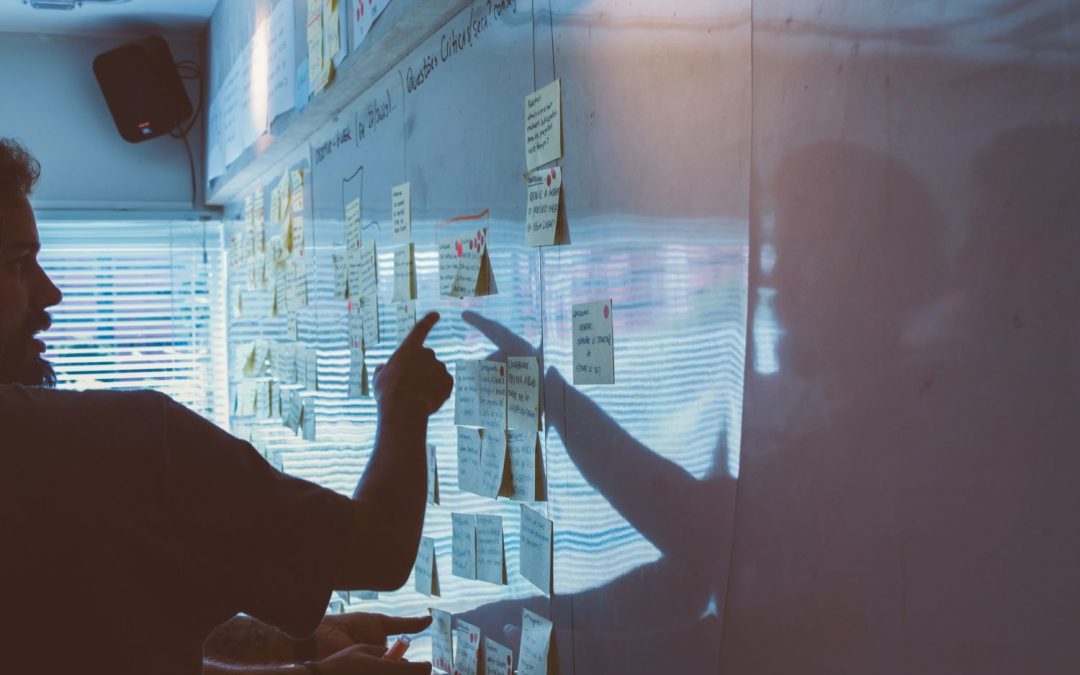
by Scott Howard | Feb 5, 2019 | Marketing and Advertising Insights, ScLoHo's Collective Wisdom, The Not-So-Secret Writings of ScLoHo, WOWO Fort Wayne Radio Advertising with Scott Howard
At the end of last year, I saw a few reports on the state of media and marketing for 2019 and want to share some insight from others again. Because, I can tell you plenty about the success of WOWO advertisers, but how about what others are using radio and other media to bring in business?
People are spending more time with media than ever before, says MarketingCharts’ newly-released 5th annual “US Media Audience Demographics” report, a data-driven resource that can aid marketers in their strategic decision-making. The study sizes up the media landscape, then delves into the age, income, and racial/ethnic composition of several media types across 3 sections: traditional; digital; and social media.
Starting with Traditional Media:
-
The broadcast TV audience is slowly graying, but it’s the cable TV audience that may be getting there more quickly, says the report.
-
Terrestrial radio stands apart from other traditional media in its appeal to middle-aged adults and to those in the mid-to-high income range.
-
For the first time, fewer than half of US adults read a print newspaper on a weekly basis.
Regarding Digital Media which I take includes internet based media including video and websites:
-
Almost half of online TV program viewers are ages 18-34.
-
Although digital media types tend to attract younger audiences, people ages 55-64 are actually above the online average in visits to magazine and newspaper websites.
Social Media gets it’s own category in this report with these observations:
-
Snapchat may be thought of primarily as a youth-oriented platform, but its appeal with higher-income adults is also notable.
-
Closely following Snapchat in a tilt towards youth, is Instagram.
While this kind of data is interesting and for folks like me who work in and study these medias, I urge you to not try and figure out how to apply this on your own to your business.
Another study I was reading regarding TV viewing from Nielsen, the television ratings and research company. They listed the top network TV shows and one of my favorites, NCIS was in the top 10, # 4 actually last year with over 16 million viewers. But of those 16 million, nearly 7 million are not watching it when it airs on Tuesdays on CBS. They are time shifting, watching on demand. This means that if you were to advertise on your local broadcast station, over 40% of the regular NCIS fans are not going to see your ad on Tuesday night.
These are just consumer behaviors, not marketing effectiveness which isn’t the same thing. I am here to help, just ask.
And have you signed up for a new newsletter that I am offering, called Sound ADvice? Once a week, it will arrive in your email and be filled with 30 seconds of marketing Sound ADvice on how to make this year your best yet.
[wd_hustle id="sound-advice-sign-up" type="embedded"]
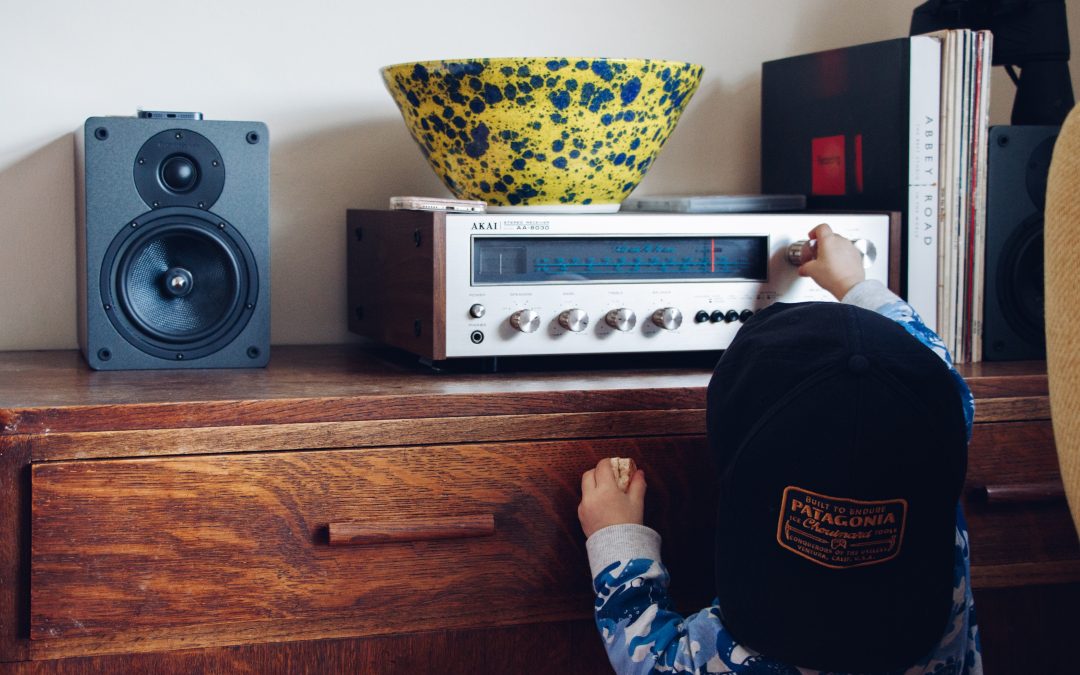
by Scott Howard | Dec 17, 2018 | Marketing and Advertising Insights, The Not-So-Secret Writings of ScLoHo, WOWO Fort Wayne Radio Advertising with Scott Howard
This is a ScLoHo extra report that is not included in the Genuine ScLoHo Media and Marketing Podcast series.
Radio broadcasting is considered traditional media. So is TV broadcasting along with print (newspapers & magazines), and if we expand to look at traditional advertising platforms, let’s toss in the phone book and outdoor billboard signs.
What’s not considered traditional in the media and advertising worlds? Internet related stuff.
The digital marketing options that include platforms like YouTube, Facebook, Instagram, etc.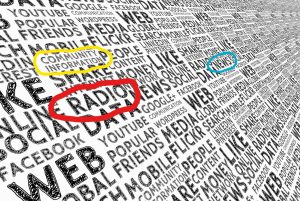
Heck, digital includes apps, websites, search (both SEO and SEM) and the blending of these digital technologies.
So, the set up is traditional media and advertising, versus digital media and marketing. Which is better for your business?
I happen to work with both and have tons of hands on experience in both worlds.
I have concerns about the future of several of the media and marketing platforms and their ability to be profitable and deliver a Return On Investment for their supporters, (that includes investors and businesses that advertise with them.) I’m talking about both traditional and digital.
One that I am betting my future on is radio. Not all radio, but specifically my radio station WOWO.
3 items came up this past week that I’ll share with you:
One of my advertising partners hosted a very nice luncheon for his media partners from all over Indiana and the head of an ad agency that does mostly television, asked the question: How’s the radio business doing?
My answer was that our audience is as strong and responsive as ever. A lot of changes have continued to evolve in his world of television that has made buying TV advertising and getting the results that they used to get, a bit of a struggle.
Those changes have to do with how viewing habits have been changing tremendously, just in the past 5 years, let alone 20 years. Cord Cutting (the loss of Cable TV subscribers) and the On-Demand viewing habits have really changed the landscape for television advertising. Now with Smart TV’s that have the ability to deliver ads based on who is watching at the time, there are a lot of bugs to work out and with these changes comes challenges that are still being worked out.
Business people and media buyers simple want to know that there advertising messages are being seen and heard and bringing them customers. You really don’t care about the technical details.
I also saw this national story from Radio Ink, a media publication. The story states that radio advertising is still a favorite with new media buyers planning on trying radio for the first time. In my experience, I’m seeing people who were told that they should be using digital media for advertising are now also exploring advertising on the media they consume, and WOWO radio is one of the most listened to medias in Fort Wayne, Indiana.
One more insider article that I read the other day, shows that the News and Talk formated radio stations like WOWO continue to be HOT.
For the eighth year in a row, news/talk is radio’s top format. Buoyed by a nonstop cavalcade of news stories – from the midterm elections and Supreme Court nominations to natural disasters, social media scrutiny and widening cultural debates – the format’s 6+ Average Quarter Hour share crept up to a 10.0 (January-November) in 2018, from a 9.9 in the same period one year earlier. In fact, 2018 marks a fourth consecutive year of growth for news/talk.
And this growth in listenership is paying off for my advertising partners too. In another client meeting I had this month, I learned that they experienced 150% growth this year, their 2nd year of advertising with WOWO.
I just published this story on the Talk Radio Advantage for WOWO Radio Advertisers that goes into more detail of some of the specifics that makes this kind of growth possible with WOWO radio. And Before the month is up, I’ll share an article on how radio is still in demand for 2019 and beyond.
Lastly, I want to share with you how WOWO is actually using both traditional and digital platforms to serve our audience and our advertisers. Along with our 50,000 watt 1190 AM signal, and 107.5 FM signal (the traditional media), WOWO radio can be heard online with our streaming service for years. WOWO has been using Facebook, Twitter, Text, Instagram, including all the updates and and Live features. We’re smart speaker enabled including Alexa.
And Podcasts. Boy, do we have Podcasts. You can listen to multiple web exclusive podcasts and we also have archives of many of our on-air broadcasts and interviews that air on WOWO radio.
Contact me for more info.

by Scott Howard | Dec 12, 2018 | Marketing and Advertising Insights, ScLoHo's Fort Wayne, ScLoHo's Media, The Not-So-Secret Writings of ScLoHo, Uncategorized, WOWO Fort Wayne Radio Advertising with Scott Howard
Not all advertising venues are created equal. The idea of an ad is an ad is an ad is like saying a cow is a cheeseburger is a filet. Yes they are all forms of beef, but with big differences.
In Fort Wayne, I’ve worked in the radio advertising world since 2003.
I have created successful advertising campaigns for hundreds of companies using all formats of radio stations including both music and talk formats. But this story is not about me. It’s about what I have observed over the past 5 years that I’ve been on the WOWO Radio advertising sales team.
Quite simply, WOWO listeners pay attention to the ads on WOWO and respond to them like no other form of advertising I have ever seen in Fort Wayne.
This is a conversation I have several times each month. It is about the mental state of people who are exposed to your advertising messages.
We are going to look at the big picture and include many of the places you can spend money to advertise.
Start with television. When you and I sit down to watch a show, we are paying attention to the show. When commercials come on, most of us stop paying attention, at least not the same level of attentiveness that we have during the show.
Newspapers and magazines. Unless it’s a fashion magazine that is chocked full of 50+ pages of ads before the articles start, we are not really interested in the ads. We bought the paper to read the stories, get the scores, or see if someone died.
Social Media. Facebook for example is a place to go to find out what’s happening with friends and family. They have managed to work ads and sponsored posts into out timelines so we can’t help but seem them but we are not on Facebook to check out the ads.
Radio. Not all radio stations are created equal. For this discussion, let’s look at the difference between music based stations and talk based stations. The reason we tune in to a station that plays music, any music for that matter, is to hear music that we like. In Fort Wayne we have country music stations, rock music stations, pop music stations and plenty of variations.
Every listener to a music radio station selects that particular station because they want to hear that particular style of music. Anytime the music stops for any length of time, say 2 minutes, we pay less attention. If the station plays 5 or 7 minutes of commercials in a row, we really tune out and pay less attention. Some may even change stations. The reason we listen to music radio stations is to hear music. It’s to escape. Anything other than music on a music station is an irritant.
Talk based radio stations are a different animal. Stations like WOWO which are a combination of News and Talk have listeners who tune in for information. The programming on talk radio stations is brain food, not escapism like the music on a music radio station. When the newscaster or program host is talking, listeners are paying attention to the words. It’s the information that people want to hear.
So what happens when your commercial airs on a talk radio station like WOWO? 1st off, it’s not interrupting music, taking the place of your favorite song, so it is less of an irritant. Next, if your ad is a live endorsement from the radio personality, that is the very best kind of commercial because you have the credibility of the radio personality combined with the credibility of WOWO and a receptive audience that is listening to hear the talk, whether it is about politics or your business, it doesn’t matter.
If you air regular recorded commercials on a talk radio station like WOWO, you still get a receptive audience that is not turned off by talking on the radio and you are on WOWO which adds credibility to your business.
I discovered another way to use WOWO’s talk radio format to help your business and that is with our live 10 second sponsorship messages of news, weather, traffic and sports. These are done live by the newscasters and program hosts and are embedded in the program and carry almost as much weight as a full endorsement.
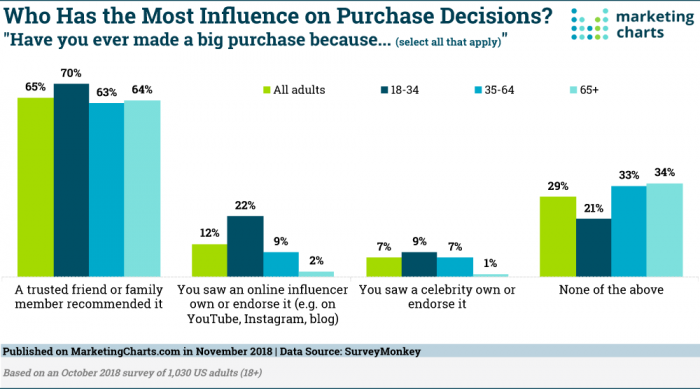
This relationship between the WOWO listeners and the WOWO air staff with our news and talk radio format is one of trust.
For many it’s as strong a bond of trust as a trusted friend.
You don’t get that with a newspaper ad. You don’t get that with a TV commercial, You don’t get that with nearly any other form of advertising you can spend your money on.
This is the Talk Radio Advantage WOWO advertisers receive. Want more info? Let’s talk.
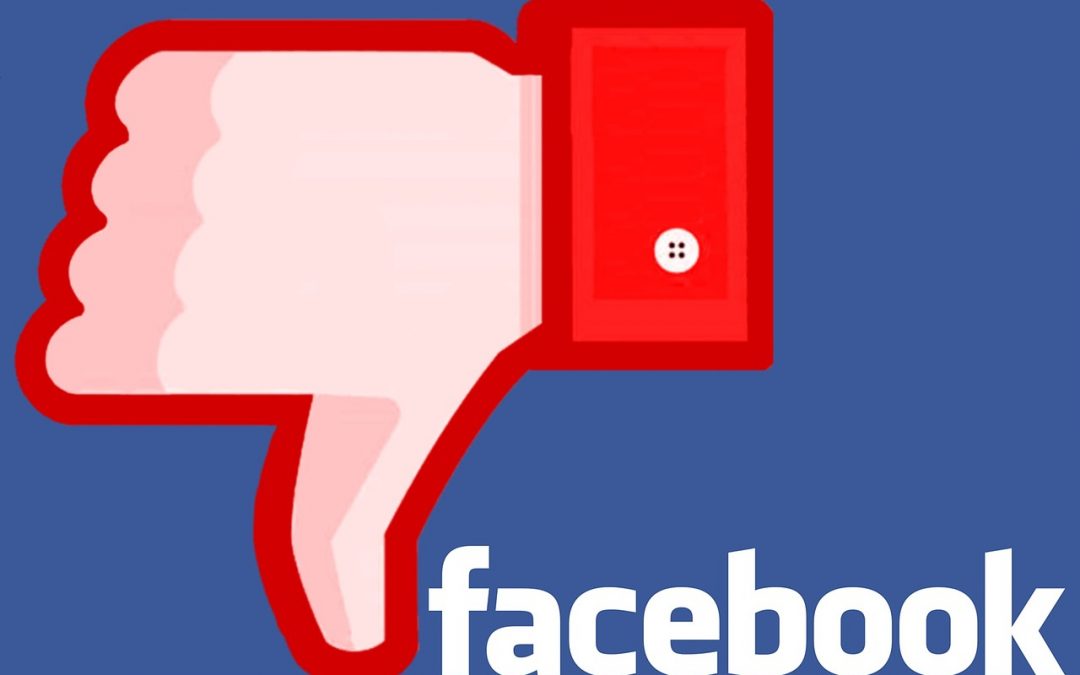
by Scott Howard | Sep 17, 2018 | Marketing and Advertising Insights, ScLoHo's Web World, WOWO Fort Wayne Radio Advertising with Scott Howard
If you don’t own it, you and your business are at risk. Years ago, my friend Kevin Mullett and I had this discussion and it’s true. Don’t Be Social Media Stupid with Your Business.
Let me explain.
Facebook is the world’s largest Social Media platform and they offer a multitude of ways for people like you and me to start a business, promote and grow a business, even become independently wealthy with a business that lives on Facebook.
The problem is if your business relies only on Facebook, you are eventually going to be hurt.
Facebook is your virtual landlord. Except when you have a real landlord relationship, there are contracts that you read and sign. Promises made by both parties and some guarantees for a period of time.
That’s not the way it works with Facebook or any of the other social media platforms.
Facebook can make changes and you have no say in the matter.
Does anyone remember reading the “Terms Of Service” when they signed up? Over 98% of us blindly just click on the checkbox without reading.
NBC news recently featured an article that included this story about a small business owner that relied on Facebook.
Holly Homer, an entrepreneur from Texas owns the Facebook pages for “Quirky Mama” and “Kids Activities.” With over 3 million followers, Homer’s Facebook page had become so popular she hired five employees and her husband quit his full-time medical job to help with the business. Homer showed NBC News a chart of interactions with her Facebook page that shows a decrease in February when Facebook implemented changes to News Feed.
As you can see, she was all-in when it came to running a Facebook based business. And that is where the problem lies. I did some of my own investigating and her Facebook page is Quirky Mama, but her website where she makes money is KidsActivities.com . But Holly is using another short cut that echos the mistake she made with Facebook. Her KidsActivities.com domain isn’t really her own website. Sure she owns the domain, but it’s actually just a sub-website on the Maven domain. Just like Facebook can change the rules, Maven can make changes and Holly will really be up the proverbial creek without a paddle.
I know this is sounding technical, so let’s talk in everyday language. When you lease a car, you don’t own that car. There are some benefits to leasing over buying but because you never owned that car, the only value is the immediate value of having that car to use. You can’t sell it, because you never bought it.
If your business is built on someone else’s platform, like Facebook or Maven, in Holly’s case, she and her entire company are at risk of losing it all. Holly says:
One of the Facebook policy changes that kind of went under the radar and it went into effect in February was the branded content policy. And it decreased my income from Facebook by 60 percent, overnight. No explanation.
Facebook cares about Holly and doesn’t care about Holly. They walk the fine line of working for the greater good. Their priorities begin with #1, that’s Facebook itself. Second on their list is their stockholders and then we have the users. Facebook users fall into multiple categories. There’s you and me as a couple of individuals in the total Facebook universe of over a billion active users.
Holly and her business fall into another category. Facebook is free for you and me to use, but not so much if we are using Facebook to promote our business. Holly and other businesses have to pay to get their Facebook posts seen by the masses. Same is true for any organization that Facebook believes has money to spend to promote their message.
In the summer of 2013, I ran the social media department for a $50 million dollar e-commerce company. Our average sale was under $100, so we had a lot of customers to make up that $50 million each year. That summer, I saw Facebook make a change in their algorithm that reduced the number of people my Facebook post were reaching by 75%. Fortunately, I knew what to do, move some of my budget around and spend a little more.
Facebook is constantly making changes. All you can do is figure out how to adapt. But there is something else you really need to do too.
Own your own online presence. If your only online presence is a Facebook page, Instagram account, Twitter handle, LinkedIn account, Snapchat account, or a free WordPress or Blogger website, prepare to lose it all.
That was part of the lesson I learned from my conversation with Kevin Mullett in 2011. I had made a name for myself with a few marketing blogs that were hosted free on Google’s Blogger platform. They are living there, you can find them if you Google ScLoHo.
However in 2011, I also bought my own domain and website hosting service for ScottHoward.me It’s where all of my content lives. I update every week still with a new story and article like this one.
Facebook and all the other social media platforms have a purpose still. They are being used simply as a marketing tool, not a place to host a business. Websites were around before social media. A website without any publicity is not going to get any visitors. Use social media as a tool to draw people to your website if you want, but please don’t confuse the two.
One more item from the 20 year old in my family, Jake. He posted this on Facebook the other day:
Hey friends and fam ,
I will be deleting my Facebook account or at least the app because I have been really wanting to change my daily habits and my phone is not a good one .. so I will not be on here for at least a couple months but I hope each and every one of you continue to strive to be the best you can be each and every day.
Jake is Gen Z. He’s in college. He and others of his generation don’t care about or even trust Facebook anymore. This is a another warning sign. I have advertising partners on WOWO Radio that use WOWO to drive traffic to their website.There are other ways besides social media to drive people to your website and we’ll talk about that soon. In the meantime please remember this: If you don’t own it, you and your business are at risk.
Want help in figuring all this out and creating something more stable? Let’s talk.







